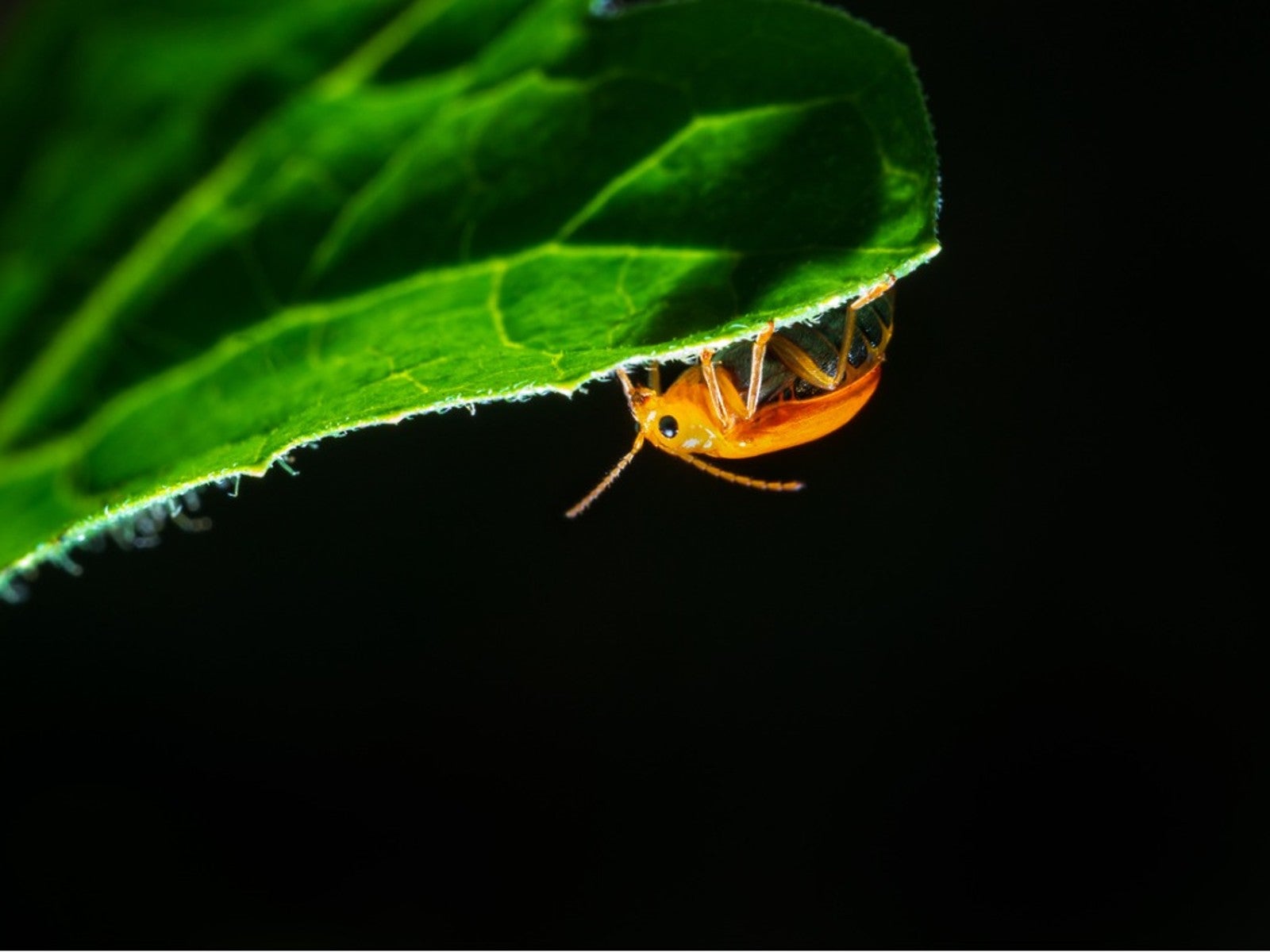Animals, Insects, And Bugs That Eat Plants At Night


Help, something is eating my plants at night! Yes, pests come out at night too. It’s easy to see and deal with the daytime nibblers, but when something comes in the dark to feast on your garden, it can be tough to figure out who's to blame. Here are some of the possible culprits.
What Animal is Eating My Plants at Night?
Many animals come out at night to eat under the safe cover of darkness, so your pest might not be an insect. Some common nighttime feeders are deer, groundhogs, rabbits, raccoons, opossums, and skunks.
Deer and rabbits tend to do the most damage. Deer nibbling leaves behind ragged edges, while rabbits leave a distinctive 45-degree angle cut. The best way to deter animal feeders at night is a barrier. Fencing will keep them out of your vegetable patch. For flower beds, which they’ll also go after, use specific repellants that deter animals based on smell or taste.
What is Eating My Tomato Plants at Night?
This can be very frustrating, but it isn’t just tomato plants that are vulnerable to nighttime damage. A major culprit is the cutworm caterpillar. Tomatoes are a favorite of this species, and they can do a lot of damage, especially during the night.
Some species destroy plants from the roots and stems, while others chew on the leaves. You’ll find them hiding in the soil around tasty plants during the day. Look for thick larvae that curl up when disturbed by sunlight.
To protect your tomato plants from cutworms, keep your planting area free of weeds as early in the season as possible. You can also pick the worms off the plants after dark or use a collar around plants that you push into the ground to a depth of at least one inch (2.5 cm).
Other Nocturnal Pests
Many insects feed at night. Beetles eating plants at night, for instance, is common. Asiatic garden beetles leave large holes around the edges of leaves with irregular shapes. Slugs and snails leave characteristic slime trails. Earwigs don’t go far at sunrise; you can usually find the culprits in the plant debris right below the damage.
Sign up for the Gardening Know How newsletter today and receive a free copy of our e-book "How to Grow Delicious Tomatoes".
These kinds of signs can help you determine exactly what is eating your plants at night and point you to the best solution. For example, slug traps are easy to make, while for other insects a pesticide might be best.

Mary Ellen Ellis has been gardening for over 20 years. With degrees in Chemistry and Biology, Mary Ellen's specialties are flowers, native plants, and herbs.